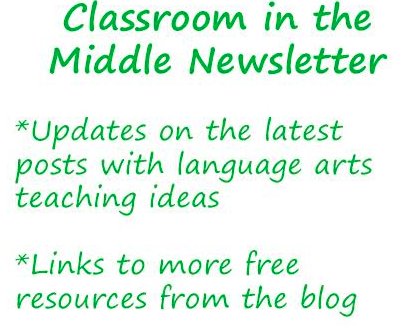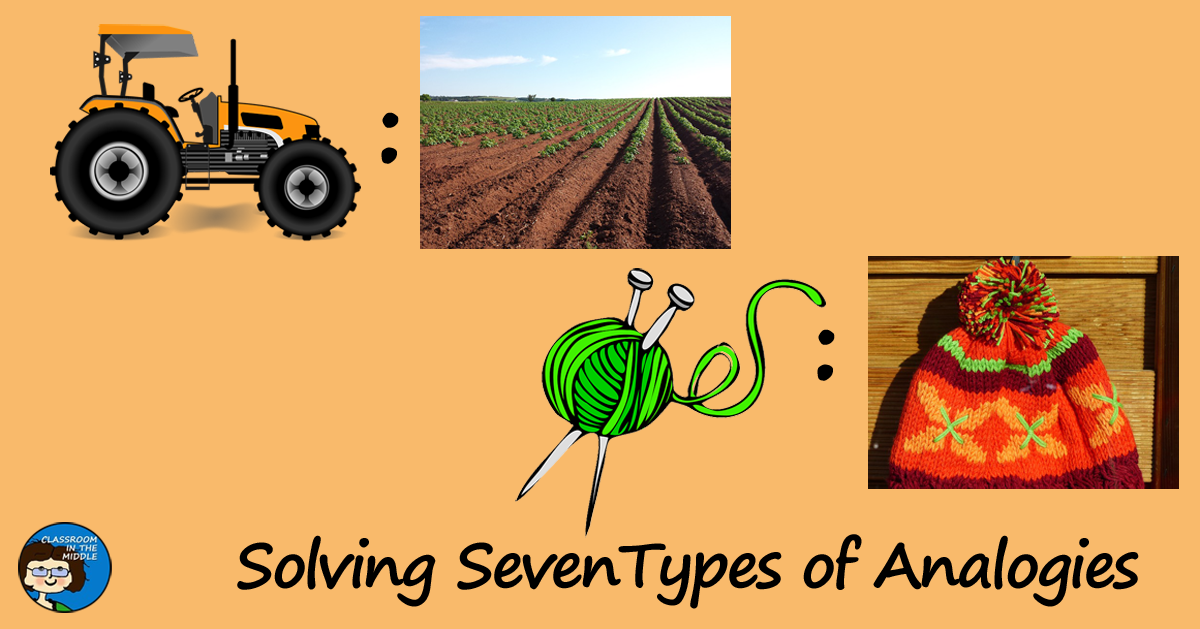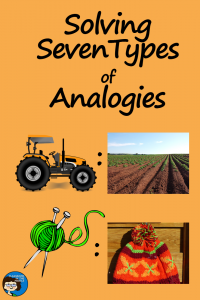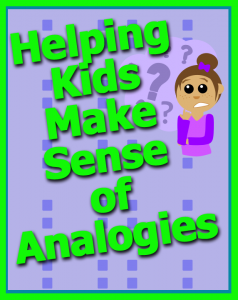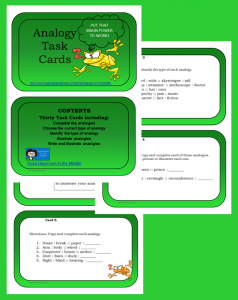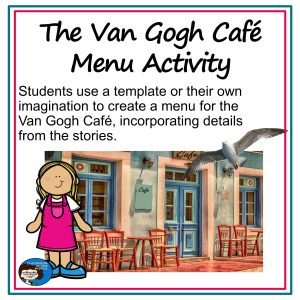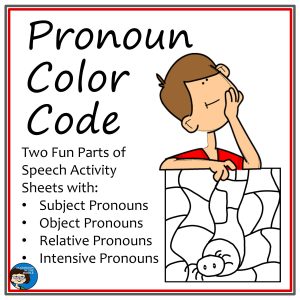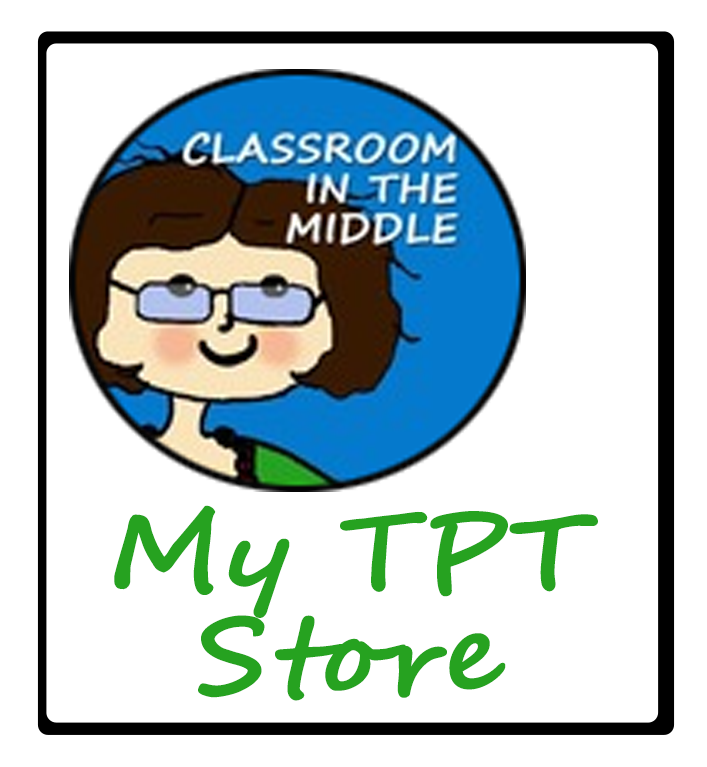To solve analogies, kids need to know two things – the basic pattern that all analogies follow, and the different ways in which the pairs of words in the analogy can go together. Teaching these different types of analogies gives kids more tools to use when solving these little word puzzles on their own.
There are many different patterns; here are examples of some of them that you can use with your class.
Synonyms
Synonyms are words that mean the same thing, and synonym analogies consist of two pairs of synonyms. The first pair of words mean the same thing, so the second pair must mean the same thing too.
Example
delay : stall :: allow : permit
Antonyms
Antonyms are words that mean the opposite, and so antonym analogies consist of two pairs of opposites.
Example
whisper : yell :: tame : wild
Object/Purpose
In object/purpose analogies, the first word in each pair names and the second word in each pair tells what the object is used for.
Example
book : reading :: guitar : music
Source/Product
Source/product analogies name a product and tell where it comes from.
Example
wheat : field :: cranberries : bog
Part/Whole
In part/whole analogies, the first word of each pair names a specific item, and the second word names a more general item that includes the first.
Example
home : neighborhood :: ant : colony
Animal/Habitat
In this type, the first word names an animal, and the second word tells where it lives.
Example
dolphin : ocean :: bear : forest
Characteristic
The first word in these analogies names a person or thing, and the second word describes or names a characteristic of that person or thing.
Example
marshmallow: squishy :: pretzels : crunchy
Operator
In these analogies, the first word names a thing, often a machine or a tool, and the second word is a name for the person who uses it.
Example
plane : pilot :: train : conductor
These are just examples of the types of analogies that kids can solve. There are many more, for example: object/action, animal/baby, cause/effect, sequence, association (two things that go together), mathematical, and singular/plural. And there are even more. Kids don’t need to practice with every type, but practicing with a number of types will help them become familiar with just how analogies work. After practicing on several specific types, kids can move on to looking at any analogy and solving it by first – deciding what type it is, and second – filling in the missing word. Once they’re clear on the pattern, kids will see analogies as fun puzzles to solve.
Related Posts and Resources

